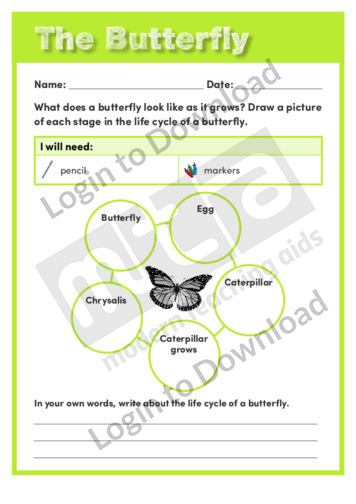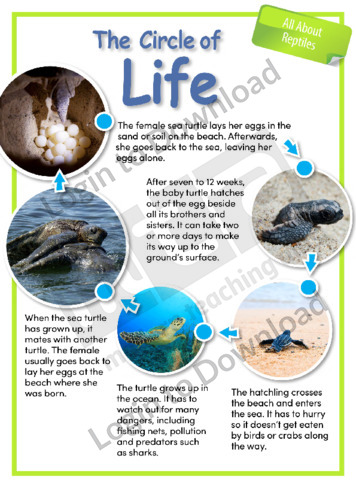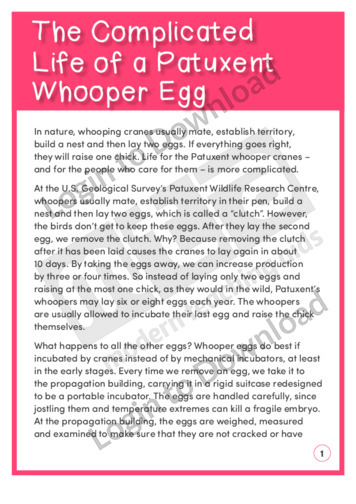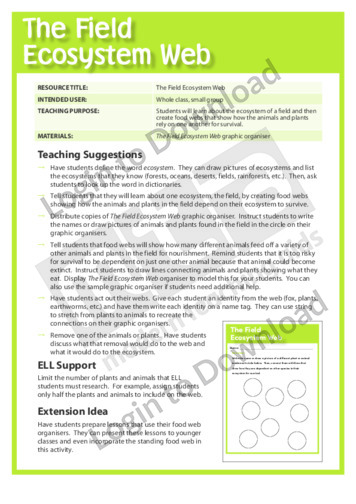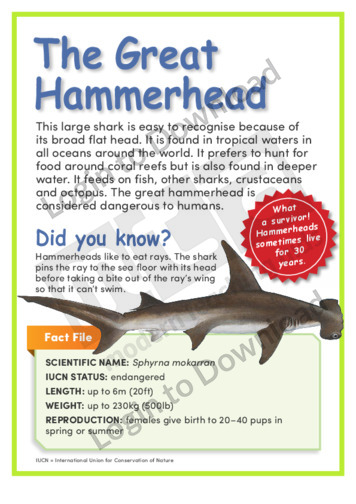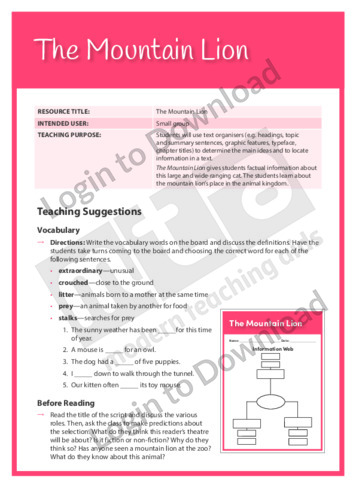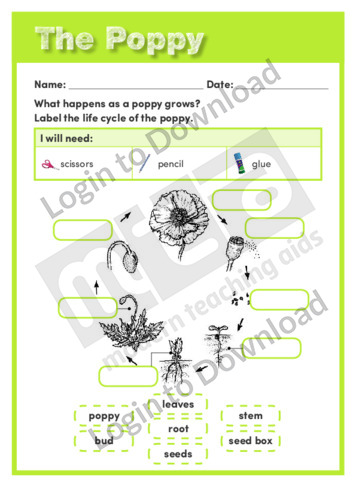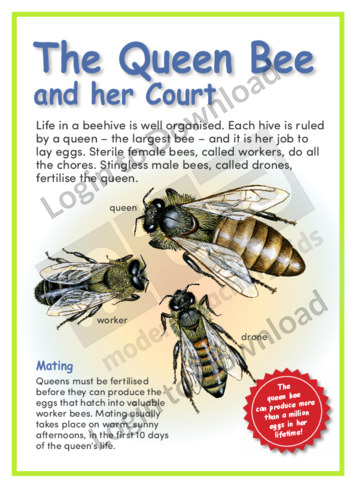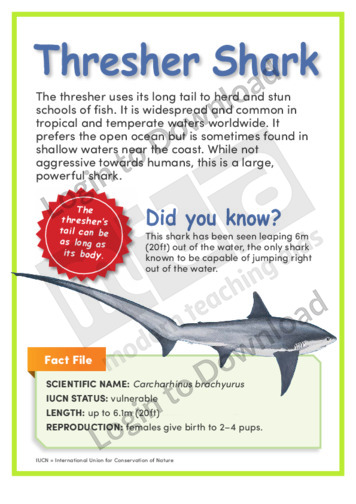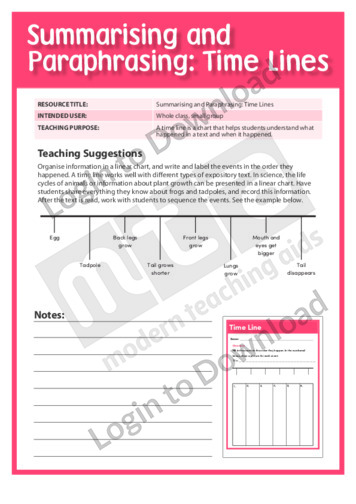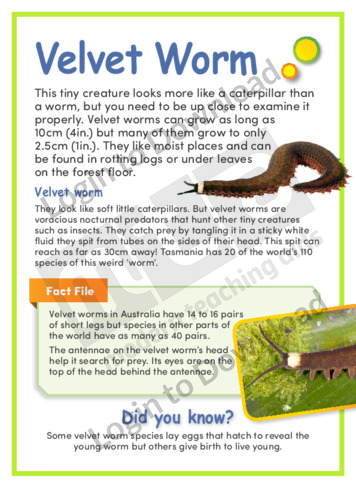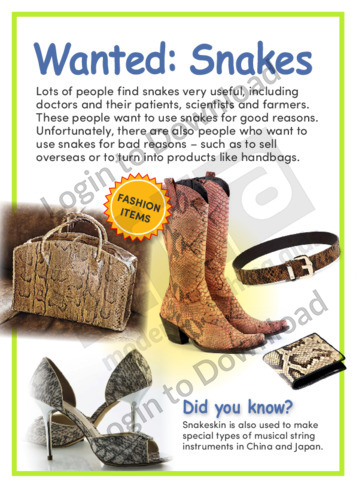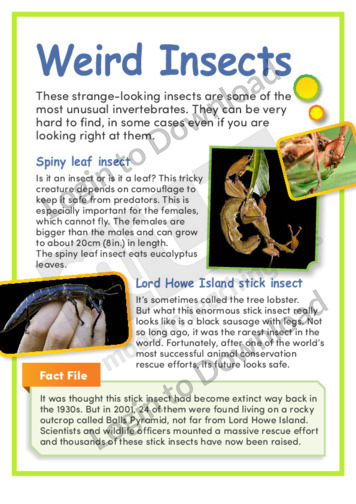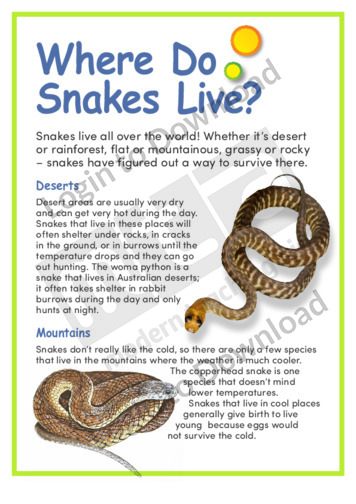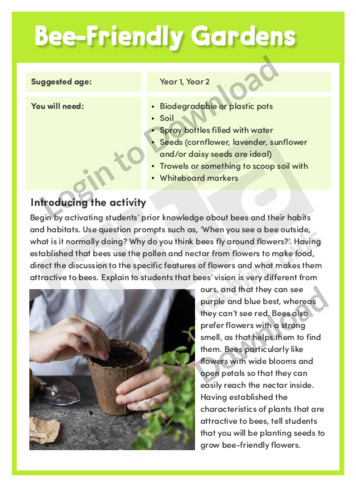This life science worksheet, ‘The Butterfly’ supports students to explore the life cycle of a butterfly. It supports an understanding of life cycles.
This article, ‘All About Reptiles: The Circle of Life’, describes the different stages of a sea turtle’s life. It provides factual information about each stage and includes colourful and engaging photographs.
This reading comprehension activity, ‘The Complicated Life of a Patuxent Whooper Egg’ asks students to answer questions about Patuxent whooper cranes and their eggs. It is aimed at increasing students’ awareness of semantics and encourages students to recall information, draw conclusions and think about author purpose.
This graphic organiser, ‘The Field Ecosystem Web’ helps students to learn about the ecosystem of a field and then create food webs that so how the animals and plants rely on one another for survival.
This article, ‘The Great Hammerhead’, provides information about the physical characteristics, behaviour, habitat, diet and life cycle of this shark. A quick reference fact file includes scientific name and IUCN status. The text is accompanied by a large illustration of the shark.
This Readers Theatre activity, ‘The Mountain Lion’ encourages students to use text organisers to determine the main ideas and to locate information in a text. It also builds reading fluency. This activity includes a script for 5 readers.
This Readers Theatre activity, ‘The Mudpuppy’ encourages students to use text organisers to determine the main ideas and to locate information in a text. It also builds reading fluency. This activity includes a script for 5 readers.
This article, ‘The Noisiest Insects’ provides information about the physical characteristics, habits, habitat, life cycle, prey and special abilities of several species of cicada. It also introduces students to various terms relating to the cicadas’ physical features and life cycle. The text is supported by colourful and engaging photographs.
This life science worksheet, ‘The Poppy’ asks students to identify and label a flower’s life cycle. It supports an understanding of life cycles.
This article, ‘The Queen Bee and her Court’, provides information about the social structure within a beehive and the roles played by the different kinds of bees. It describes the life cycle of a bee and the text is supported by detailed illustrations.
This graphic organiser, ‘The Water Cycle’ helps students to record information about the water cycle based on terrariums in the classroom.
This article, ‘Thresher Shark’, provides information about the physical characteristics, behaviour, habitat, diet and life cycle of this shark. A quick reference fact file includes scientific name and IUCN status. The text is accompanied by a large illustration of the shark.
This content area reading learning activity, ‘Time Lines,’ helps students understand what happened in a text and when it happened. It is aimed at enhancing students’ comprehension of the text by having them create a visual representation of the important events in the text.
This science article, ‘Tree Life Cycles’ explains the different stages in a tree life cycle. It provides information about seeds, seedlings, saplings and snags and is aimed at broadening students’ scientific awareness in an engaging manner. A quick quiz on tree life cycles is provided.
This article, ‘Velvet Worm’ provides information about the physical characteristics, habits, habitat, diet, hunting methods and life cycle of the velvet worm. It also introduces students to various terms relating to the worm’s physical features. The text is supported by colourful and engaging photographs.
This article, ‘Wanted: Snakes’ provides information about the various ways snakes can be used, both commercially and for medicinal and scientific purposes. It also introduces students to various terms relating to commercial transactions involving snakes. The text is supported by colourful and engaging photographs.
This Readers Theatre activity, ‘Where Did the Dinosaurs Go?’ encourages students to summarise and paraphrase information in texts. It also builds reading fluency. This activity includes a script for 5 readers.
This article, ‘Where Do Snakes Live?’ provides information about six different habitats that might be home to snakes. It also introduces students to various terms relating to snakes’ physical features and adaptations. The text is supported by colourful and engaging photographs.
This article, ‘Zebra Shark’, provides information about the physical characteristics, behaviour, habitat, diet and life cycle of this shark. A quick reference fact file includes scientific name and IUCN status. The text is accompanied by a large illustration of the shark.
This hands-on learning activity supports teachers in directing students through the process of planting seeds and observing and recording their changes as they grow into bee-friendly plants. The activity begins with some question prompts for teachers to engage students’ existing knowledge about bees and encourage them to consider their habitat and needs. Teachers are then …More
This hands-on STEM activity provides students with a visual demonstration of the role of bees in the pollination process to further solidify their understanding of the importance of bees in pollination and food production. The activity begins with some question prompts for teachers to engage students’ existing knowledge about pollination and how bees contribute to …More
It�s that easy!

